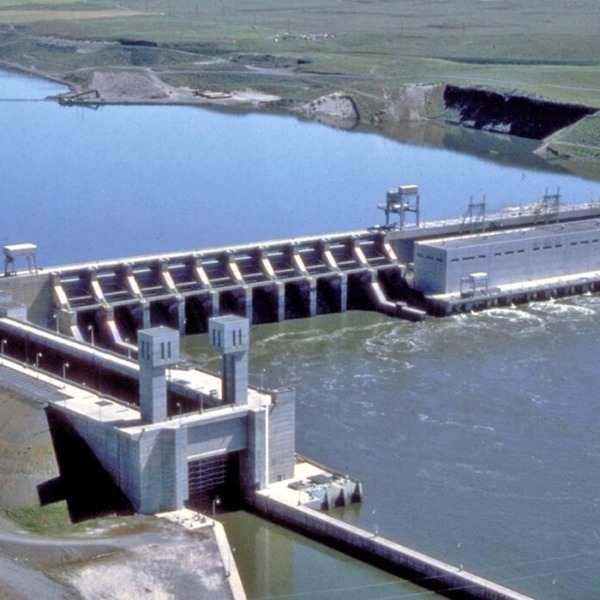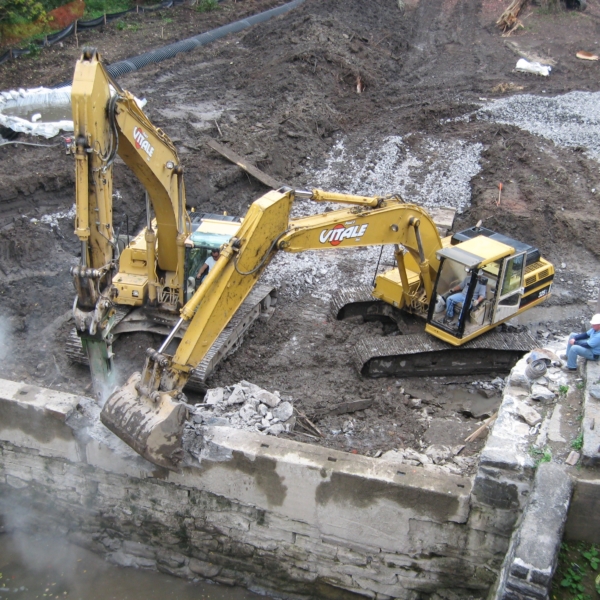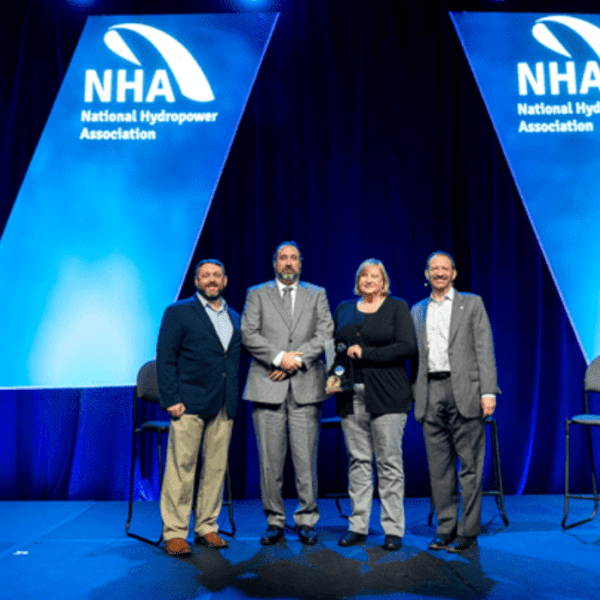Hydro project owners and operators throughout the U.S. encounter a variety of operations and maintenance-related challenges, issues, and tasks. Proper implementation of operations and maintenance (O&M) activities is a prime focus of hydropower plant owners and typically consumes a significant portion of the total budget for a project.
While some of these challenges are unique based on a project’s geographic location and size, others are much more commonplace.
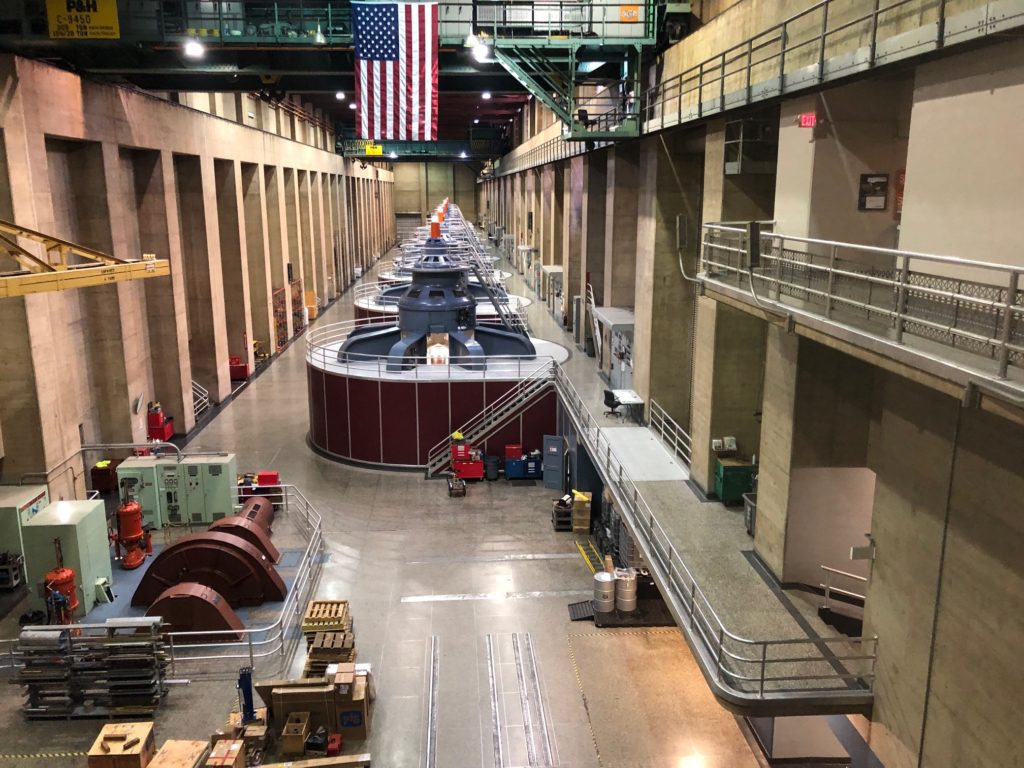
Five commonly cited ones, based on conversations and content delivered during the recent Clean Currents Conference and Tradeshow are:
- Knowledge transfer from existing employees, many of whom are retiring, to new hires
- Processing and monitoring data from digital sensors and systems
- Ensuring crane capabilities
- Noise abatement in the powerhouse
- Managing impacts of zebra mussels
In this article, we offer examples of solutions being applied to resolve these commonplace challenges.
Knowledge transfer from existing employees, many of whom are retiring, to new hires
This knowledge transfer is needed by both engineering professionals and trades employees … not only at hydro projects but also within the companies providing services and products to the hydro projects.
And, while the need is very real, companies and organizations are faced with balancing this need of knowledge transfer and workforce development with the short-term objective of minimizing increases to labor budgets.
To address the knowledge transfer challenge, several utilities are developing internal mentoring programs, which pair senior engineers at the company with newly hired employees. Others work with community colleges and universities in their area to offer internships, with the idea of grooming the interns to become full-time employees.
A number of asset owners and service/product suppliers use the National Hydropower Association ’s Operational Excellence database as a workforce development resource. The database, available exclusively to employees of NHA member organizations, is a repository of reports describing safety, operations, maintenance, and environmental performance- events that have occurred at actual hydro projects throughout the U.S. Each event report (sensitive information redacted) provides details of the event that occurred, the lessons learned, and recommended changes to implement to prevent the same problem from re-occurring. The event reports provide ready-made incidents to review and discuss at daily “tailgate” safety minutes or weekly staff meetings.
Processing and monitoring data from digital sensors
With the advent of digitalization, many asset owners are being inundated with data. To manage all of this data, one solution is to establish a centralized monitoring and diagnostics (M&D) center that is staffed 24 hours per day, seven days per week. Personnel in such centers monitor data and trends from hydropower generating units with assistance of machine learning software that analyzes the data for patterns and potentially abnormal conditions. By reviewing data in real time, engineers can see abnormalities and intervene to address situations with equipment before they become major problems. This approach is resulting in less damage to equipment and thus reduced unit downtime.
Other asset owners use a third party to perform this service offsite. Data is gathered and provided to the offsite support organization, which analyzes the data and informs the plant operator of any abnormal conditions that might require attention.
Ensuring Crane Capabilities
Powerhouse cranes play a vital role in plant rehabilitation / modernization. In many powerhouses, these cranes are not frequently used. Therefore, operational issues may only come to light when the crane is actually placed into service … usually under a tight rehab or modernization schedule.
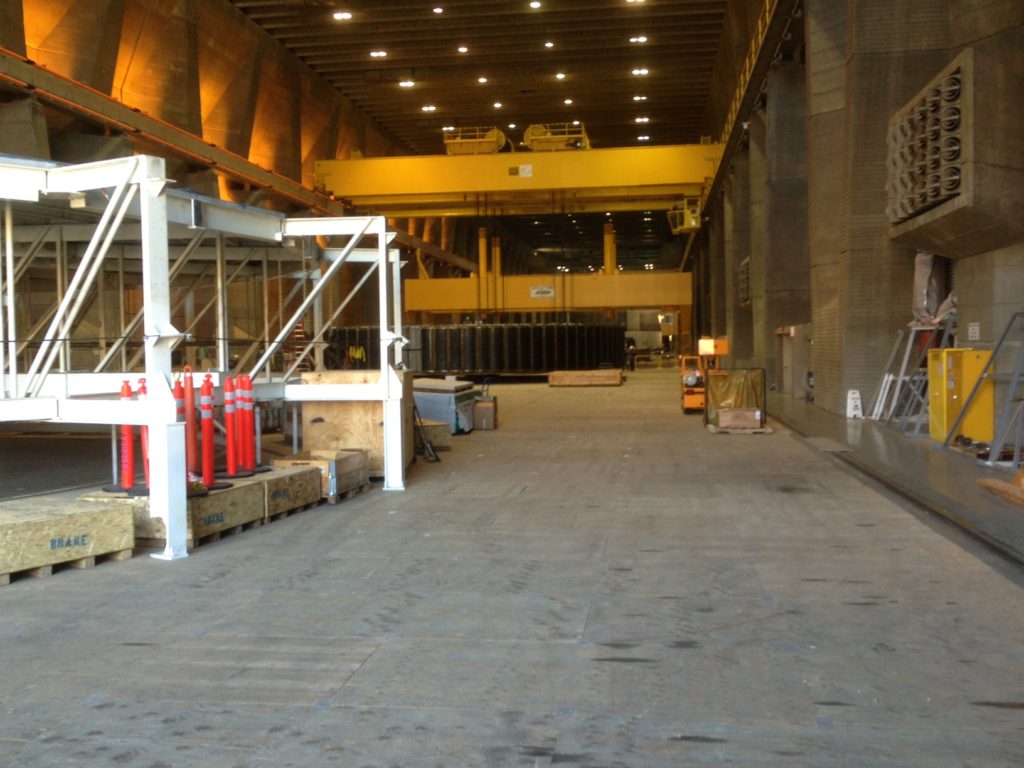
One solution to identifying and fixing crane operational problems in a timely manner is to institute a standard procedure to perform an assessment of the powerhouse crane one calendar year prior to any major projects. In this way, the asset owner can identify potential problems and perform the necessary corrective work.
Noise abatement in the powerhouse
Reducing or eliminating high noise levels in certain areas of a hydropower facility is a “top of mind” topic for discussion among many hydro project owners and operators. The Occupational Safety and Health Administration (OSHA) regulations set a limit of 90 A-weighted decibels (dBA) for eight hours of exposure, including a 5 decibels (dB) exchange rate. For noise levels 85 dBA and above, employers are required to have a hearing conservation program.
Turbine wheel pits, common mechanical equipment rooms, and draft tube galleries are often the locations within a hydropower facility where noise levels can be found above the 85 dBA level.
In 2015, the Bureau of Reclamation and the U.S. Army Corps of Engineers conducted a study of noise in hydropower plants and published the report, Engineering Controls for Hydroelectric Powerplant Noise Reduction, Final Report ST-2014-6433-01, provides several possible solutions to abate noise in hydropower facilities. Solutions include engineered enclosures for noisy equipment, installation of acoustical absorption panels and clear plastic strip curtains, and, of course, purchase of quieter equipment. Although the report is several years old, it is still regarded as a good publicly available ‘go-to’ reference when looking for noise abatement solutions.
Managing impacts of zebra mussels
Invasive Zebra mussels (Dreissena polymorpha) are impacting many hydro plants throughout the U.S. The microscopic larvae, called veligers, move in the river water for a period and then attach onto any hard surface they can find. The veligers clog cooling water strainers, generator and thrust bearing oil coolers, and the plant’s piping. Consequently, generating unit outages are required to perform periodic cleaning. The larger mussels also attach to the unit’s trashracks.
To control the invasion of these mussels, the U.S. Army Corps of Engineers, at its 132-MW Gavins Point Dam on the boarder of Nebraska and South Dakota, has installed an ultraviolet light system that kills larval stage zebra mussels prior to entering the plant’s cooling water system.
Other control measures the Corps is experimenting with include applying anti-sticking coatings or changing the materials on trash racks and internal piping surfaces.
Why Sharing of Solutions Matters
Project owners and operators agree that sharing issues they are encountering and seeking input from other owners is essential as they seek to maintain the reliability of their generating units in a safe and cost-effective manner.
NHA offers a variety of forums for both member organizations and the industry at large for this kind of information exchange and peer-to-peer networking. These include:
- Articles like these published on the POWERHOUSE media platform
- Opportunities for O&M-related dialogue and information exchange at the industry’s new annual Clean Currents conference and tradeshow
- NHA’s Operational Excellence database mentioned above (exclusively for employees of NHA member organizations)
- NHA’s Hydraulic Power Committee, which provides peer-to-peer operational and technical exchange among NHA member organizations








